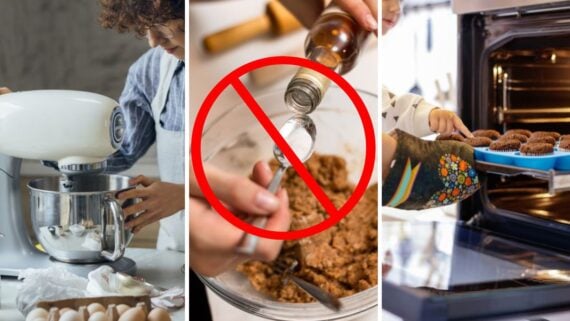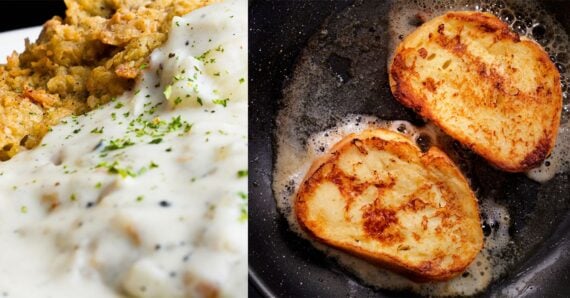You can be a good cook, but a terrible baker. While cooking offers room to improvise, baking often requires that you follow the directions to a T. If you are someone who likes to use recipes as inspiration rather than following them verbatim, you might want to change your approach if you’re baking something. There are tons of common mistakes you can make in the baking world, and these are some of the main ones to watch out for.
Related: 25 Kitchen Mistakes You’re Probably Still Making
1. Not Measuring Ingredients Correctly (Or At All)

You can not have a “measure with your heart” mentality when it comes to baking. If you’re humming a happy tune, dumping your flour into the cookie dough all willy-nilly, casually saying, “A little of this, a little of that,” please stop immediately.
If you need 2 1/4 cups of flour to make your favorite chocolate chip cookies, try using a butter knife or even turning around the back of a measuring spoon (perhaps you have one hanging out in your flour canister) to cut the flour evenly across the top of the measuring cup. And if you want to hone in on your accuracy, you could try using a kitchen scale to ensure you’re getting the proper amount of each ingredient every time.
Related: 12 Cheap and Easy Desserts for a Crowd
2. Substituting Ingredients
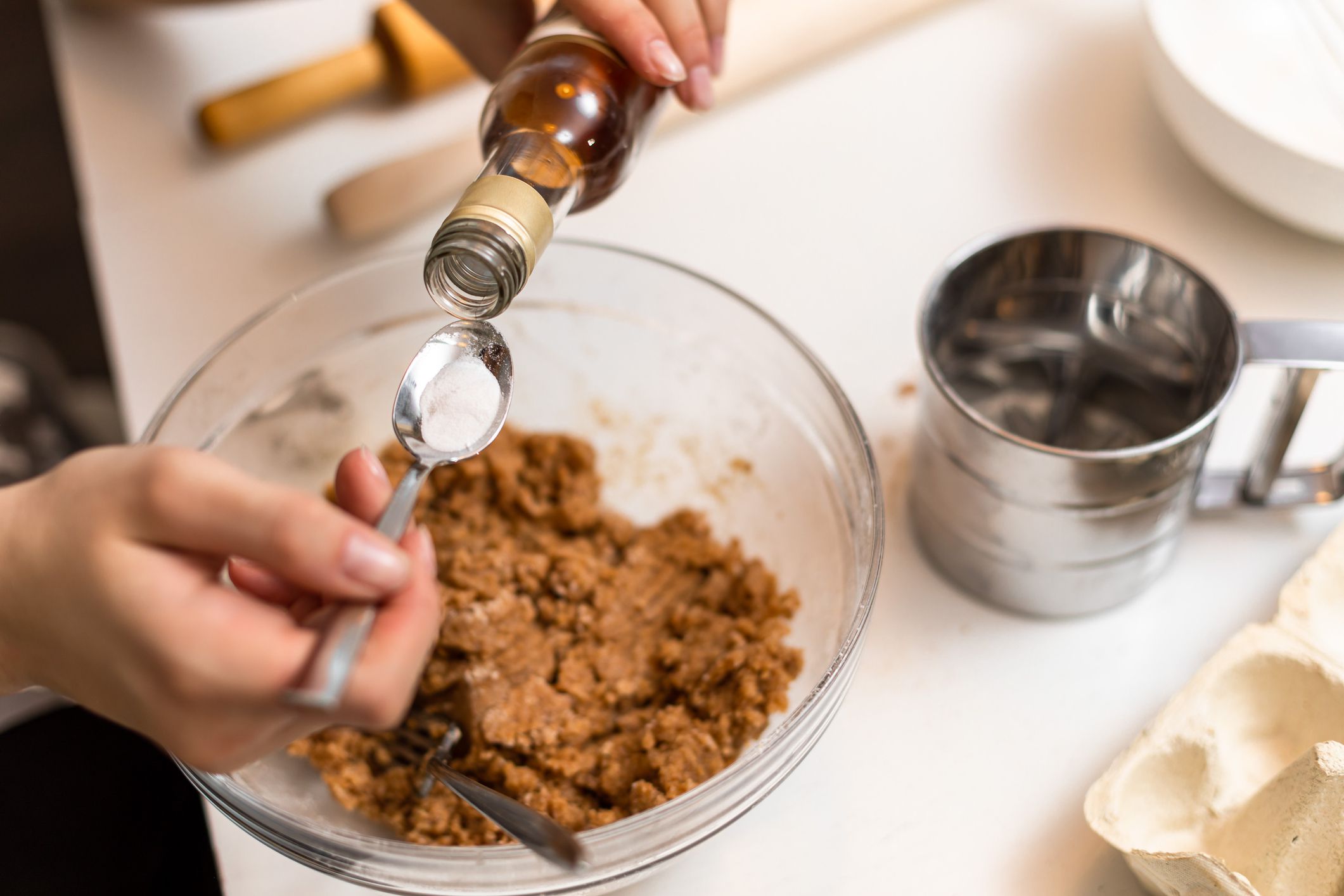
While there are some viable ingredient substitutions to use while baking, you should tread lightly here. While cooking offers creative liberties, baking is a little bit more of a science. Margarine might not be the best stand-in for unsalted butter and you shouldn’t swap buttermilk for regular milk, but it’s entirely understandable that you might run out of an ingredient and need to find a suitable swap. If you find yourself in that situation, phone a friend or surf the web before subbing ingredients.
3. Using Ingredients at the Wrong Temperature
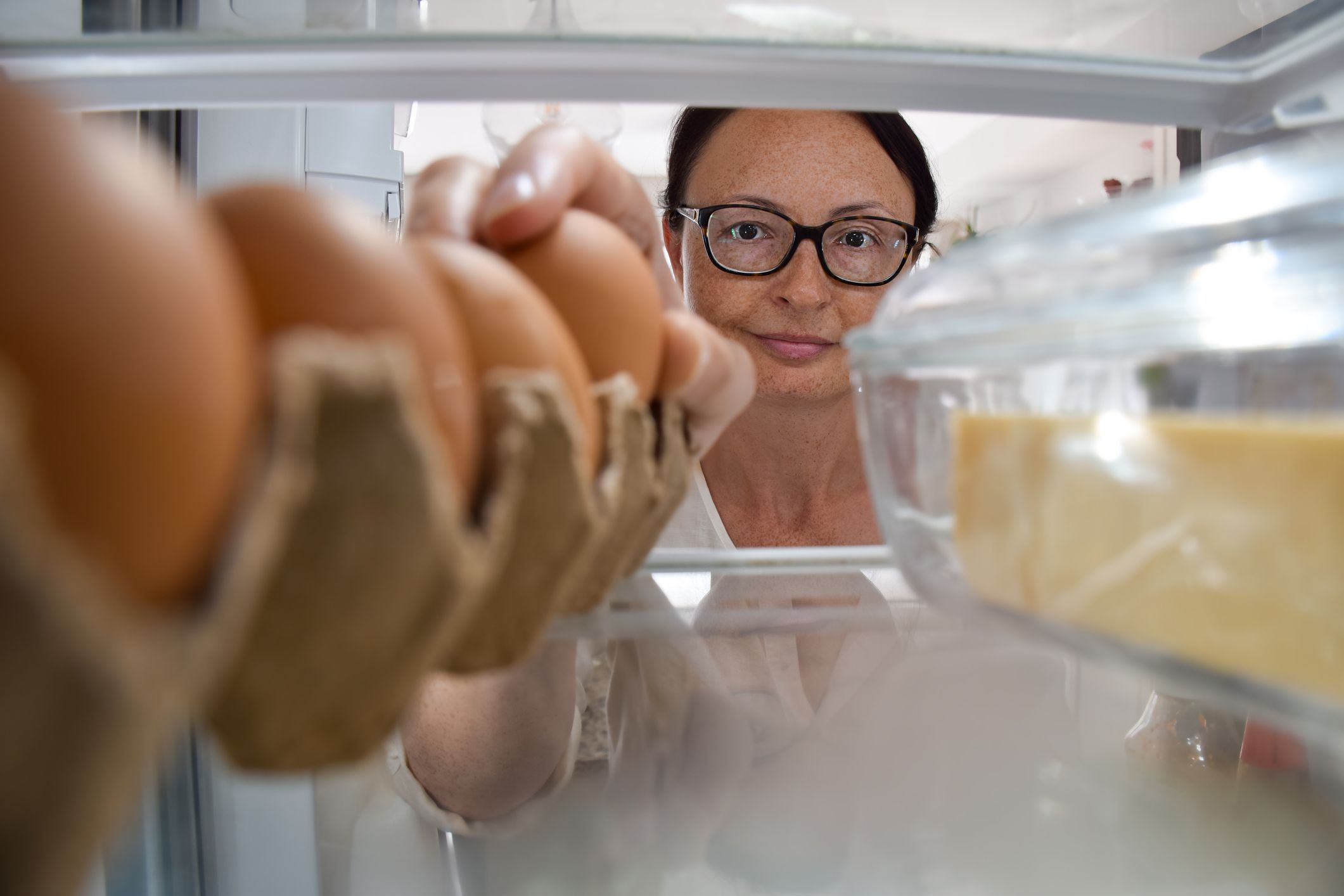
When you’re baking and the recipe calls for room temperature or softened butter, you do in fact need to use room temperature butter. What you’re not going to want to do is pull a stick right from the fridge and toss it in your batter or risk it all by microwaving the stick to expedite its softness (that’s a great way to wind up with accidentally melted butter). In other recipes, using eggs straight from the refrigerator and adding them to a warm batter could cause curdling.
4. Overmixing Dough and Batter
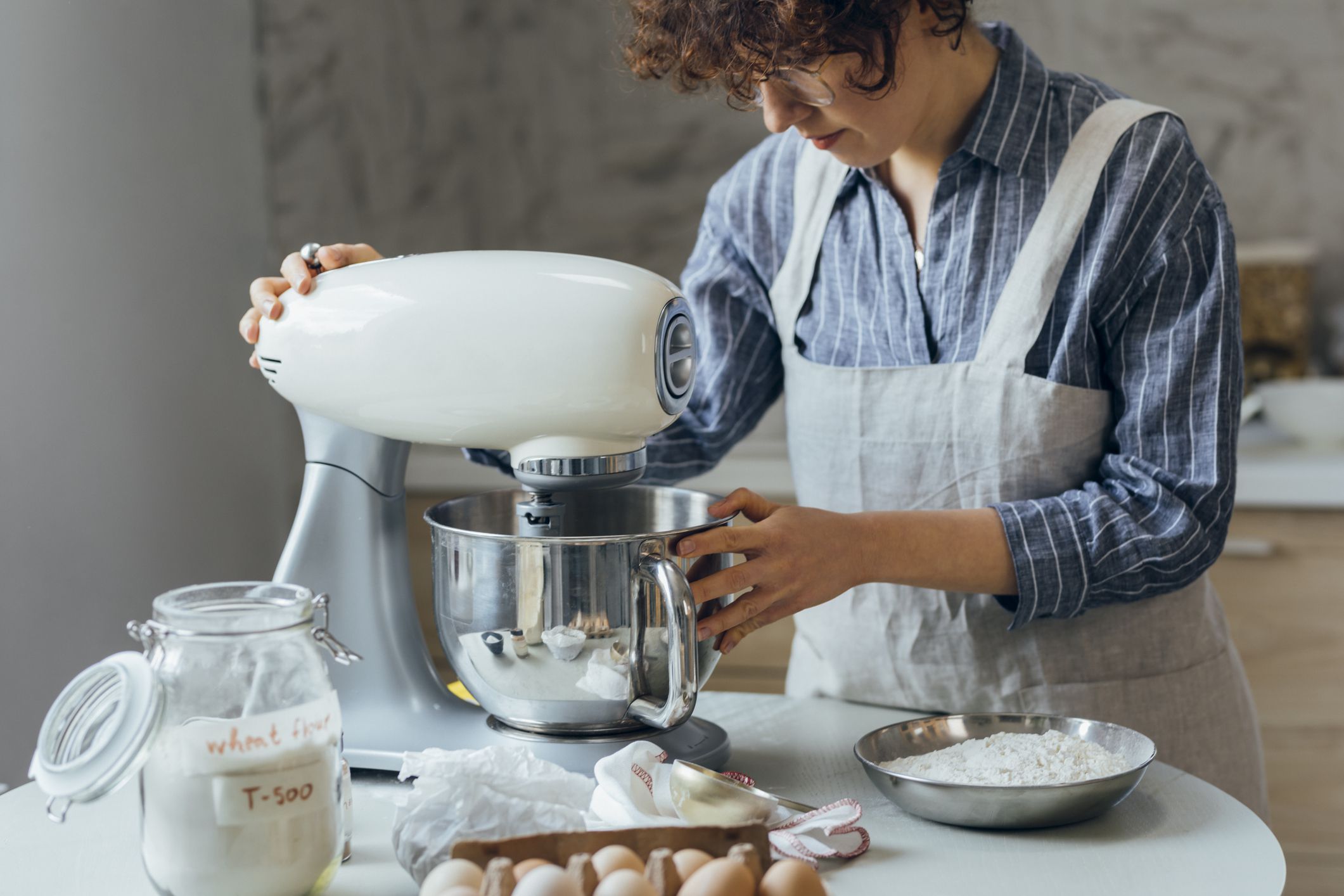
If there is one overarching piece of advice we can give you about baking it is to take the words used in the recipe at their actual meaning. When a baking recipe tells you to be careful not to overmix or to mix until combined, do just that. Overmixing a batter or dough will not result in the same consistency or finished product at the end.
Related: 10 Classic Southern Cakes You Need To Try
5. Not Chilling Your Cookie Dough
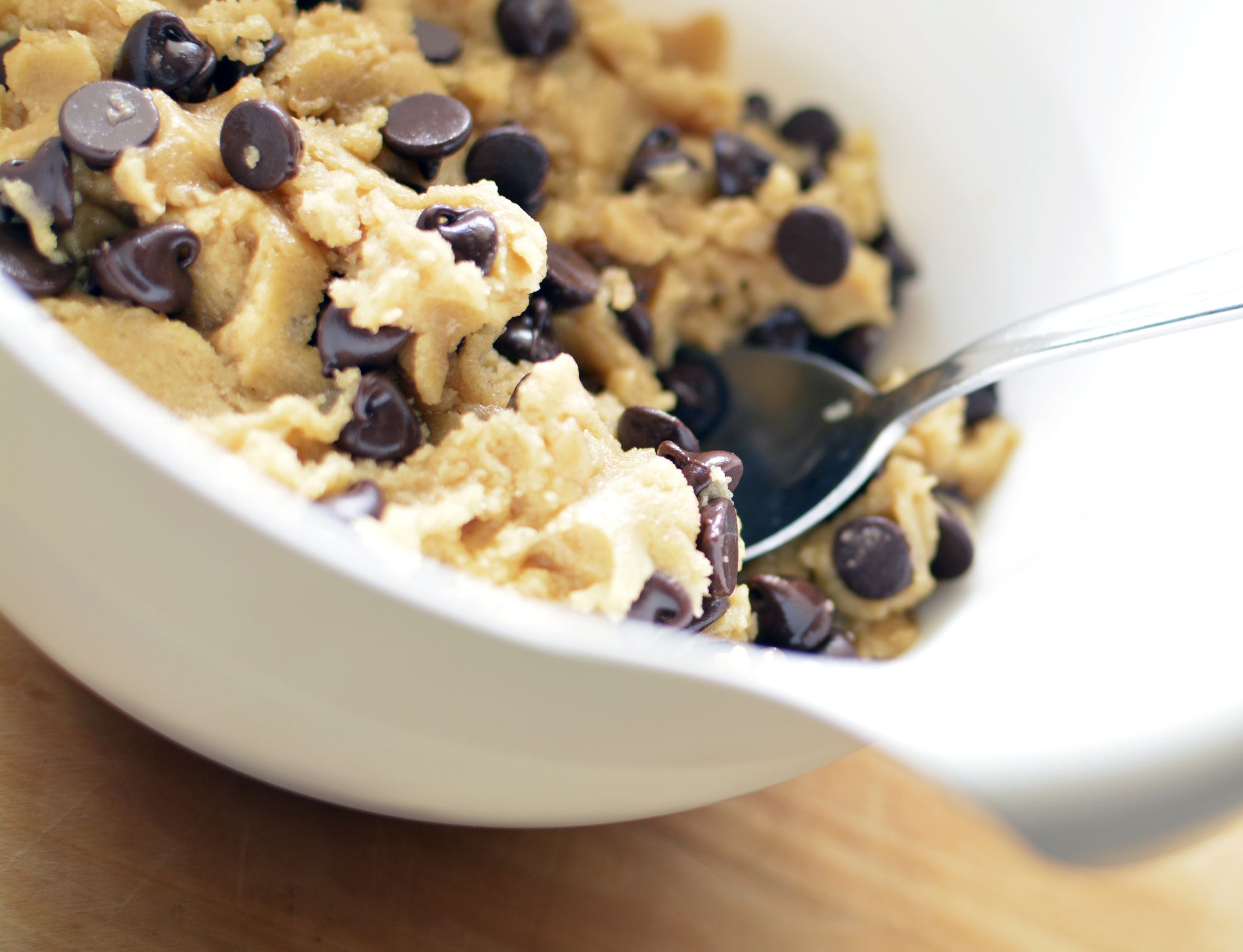
Chilling cookie dough before baking it is almost never a bad idea. Popping your dough in the fridge can prevent the cookies from spreading too much once you put them in the oven and allows the gluten to relax, resulting in softer cookies. And if your recipe specifically tells you to chill the dough, you shouldn’t ignore that tidbit.
Trending on Cheapism
6. Opening Your Oven Too Frequently
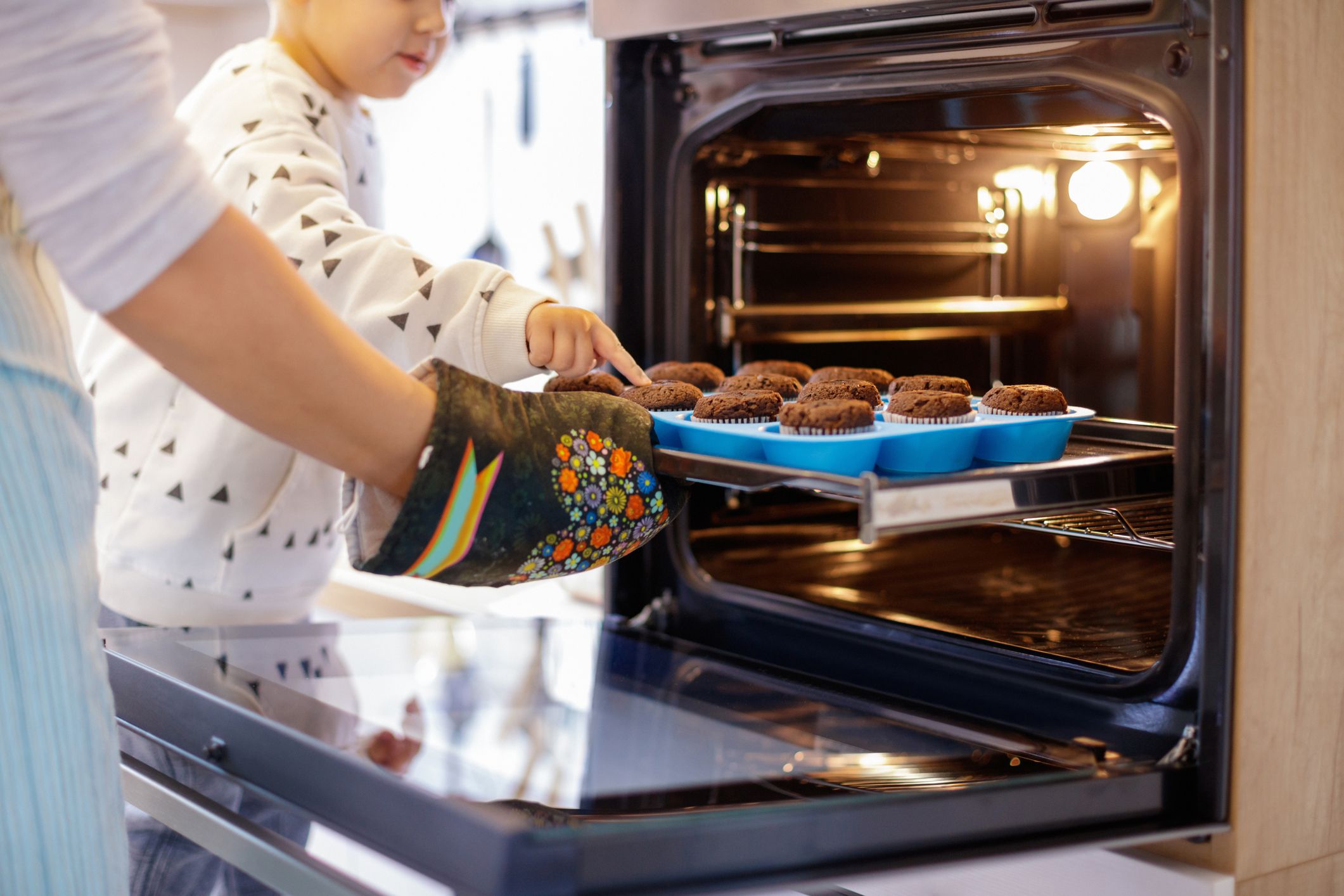
We know that the temptation to check and see how your cake is coming along is real, but that’s what the oven light is for. Opening the oven too frequently to see how things are progressing can cause the temperature to falter and lead to uneven baking.
Related: 20 Essential Baking Tools That Every Aspiring Pastry Chef Needs
7. Not Preparing Your Baking Dishes Properly
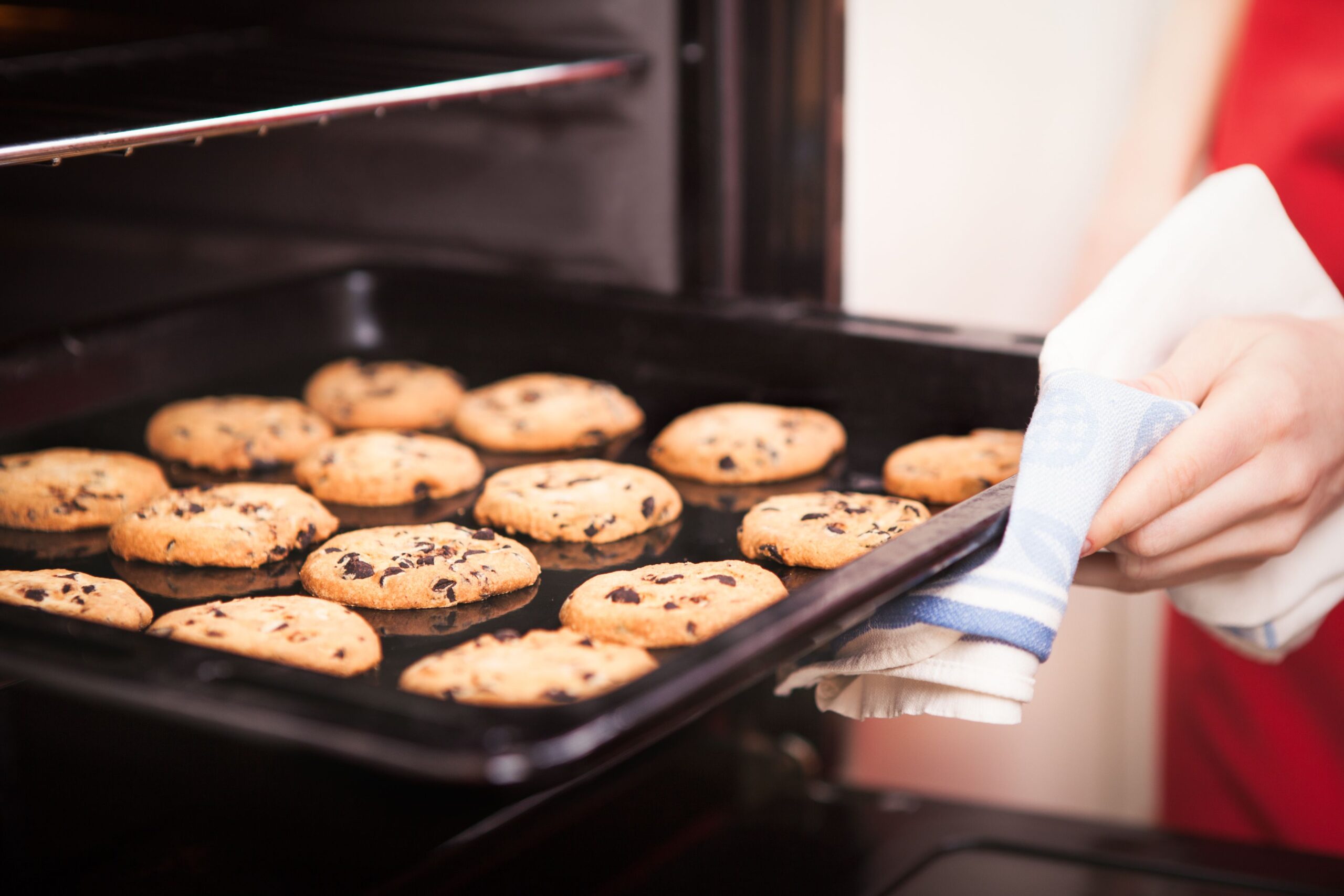
Whether you need to grease or spray your dish or use parchment paper, make sure you prepare your baking sheets or dishes before adding your batter, or you could end up with ruined results and stubborn messes.
For more helpful kitchen tips, sign up for our free newsletters.
8. Not Sifting Ingredients
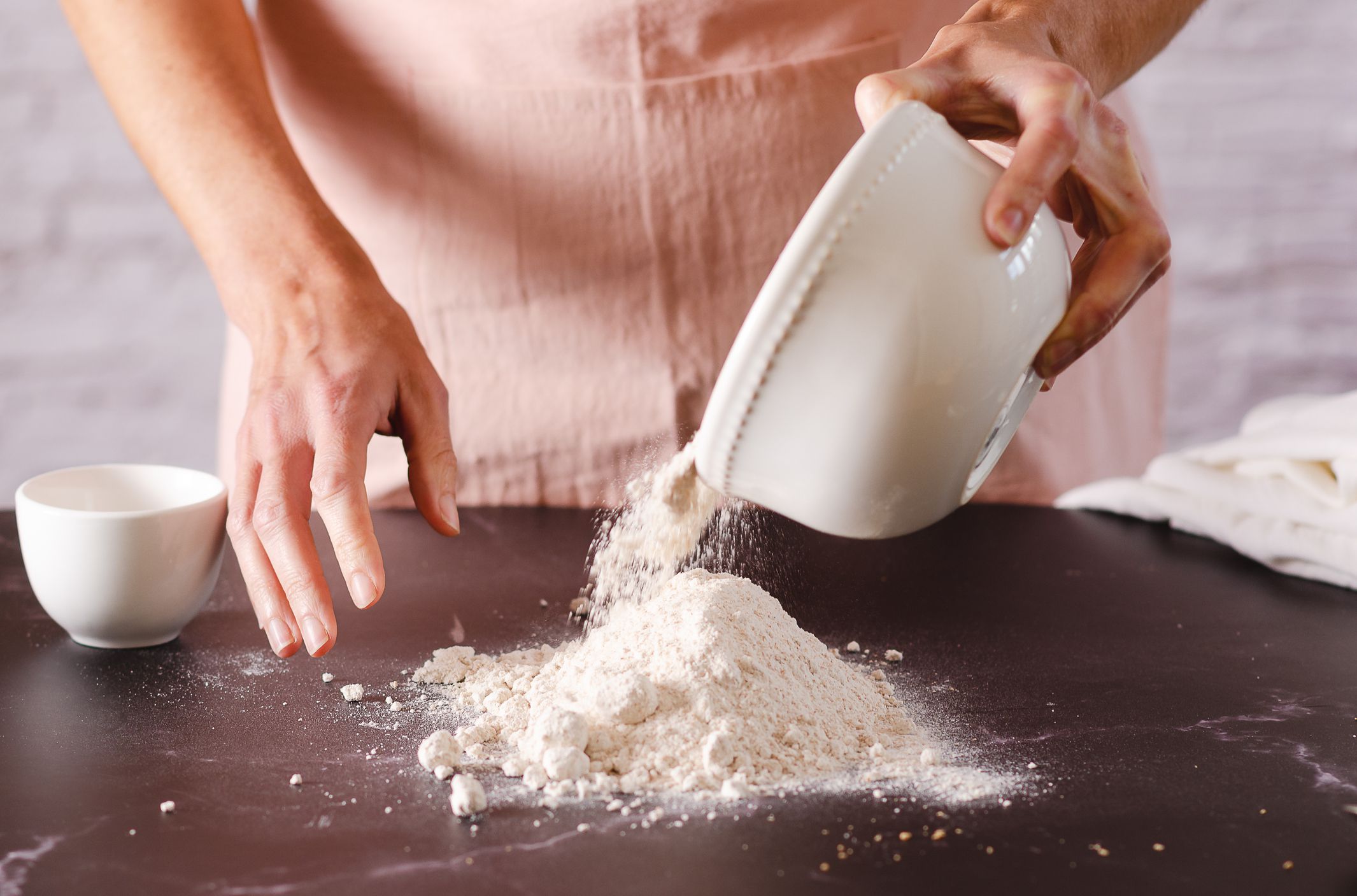
You don’t necessarily always need to sift flour, but if you’re hoping to achieve a super soft texture with no clumps, it’s a good method to follow. Those clumps are even more common if you fail to sift ingredients like cocoa powder or powdered sugar.
Related: Top Bread Makers and Other Bread-Making Supplies for Baking at Home
Sign up for our newsletter
9. Baking at the Wrong Temperature
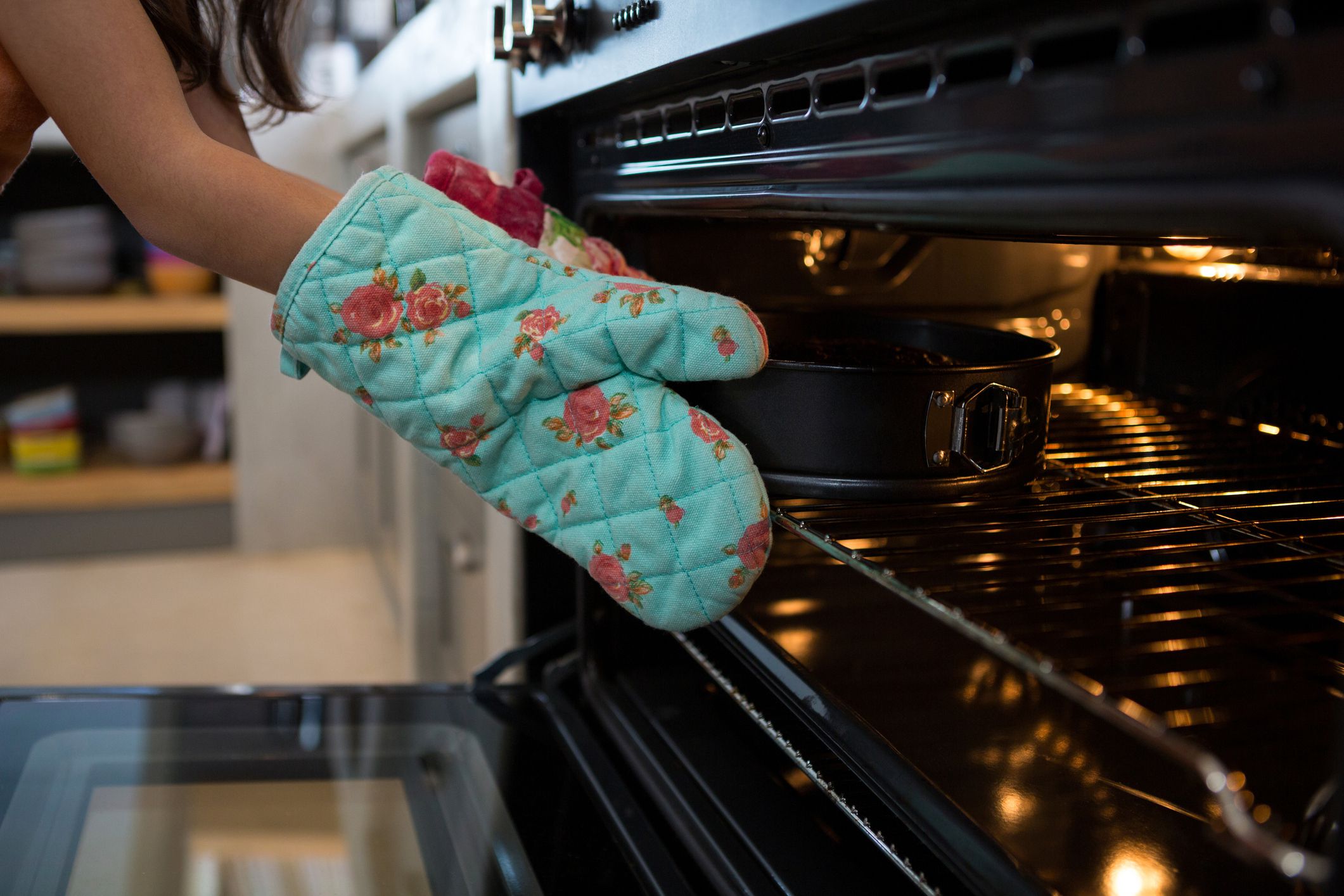
Baking requires patience. If you’re not someone who specializes in that, we get it, but you’re going to have to do a little soul-searching and resist the urge to pop that pan of muffins in the oven before it’s had time to preheat. Temperature is super important to success here, folks.
10. Not Letting Things Cool Completely Before Frosting Them
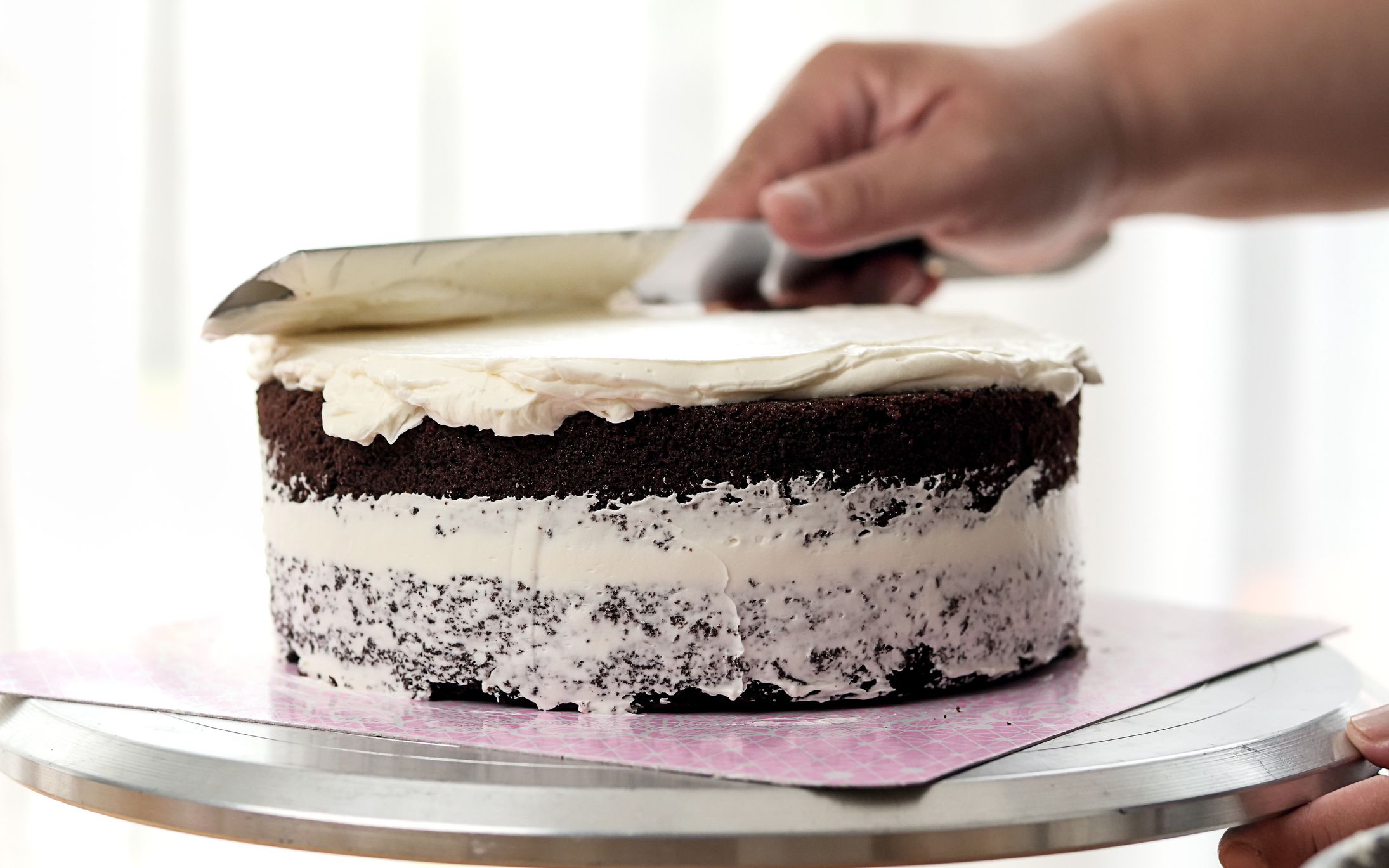
If you’re planning on frosting a cake, cupcakes, or cookies, make sure you allow them to cool completely on a wire rack before going in with the frosting. If you start slathering it on before your baked goods have gotten to the appropriate temperature, you might wind up with some clumps of cake swirled in with the frosting.
